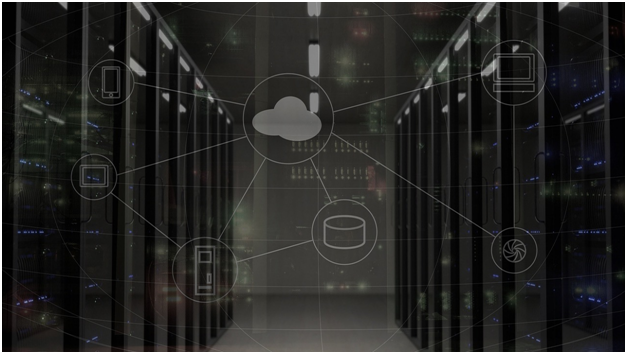Whether or not you are familiar with and routinely work with computers, there are certain things that we should all learn about. One of those, at least in my eyes, is the server. Now, I am referring to the ones that we store data on (or that serve other technological functions) and not the waiters and waitresses at restaurants, of course.
Why do they matter, though? That is a good question, and the one that I seek to answer in this article today. Admittedly, they do appear to be rather simple on the surface. However, once you go a little deeper, the complexities become a lot clearer. If that is something that intrigues you, you might find this piece helpful.
What is a Computer Server?
As I mentioned in the introduction, the answer here is easy. A server is a computer that is designed to perform specific tasks, usually storing and providing data to other computers. They can also be a program or software, at least when it comes to the virtual machines that fall into this category. For a bit more information, check out this page: https://marketbusinessnews.com/financial-glossary/server/.
If you have any sort of network for your place of work or business (which, you probably do, considering how invaluable they have become to most organizations), you are probably already familiar with them to some extent. That is because most networks depend on them for data transference.
When that occurs on a local level, it is fairly easy. The acronym “LAN” stands for local area network, which is where most servers operate in an office at least. There are a few other types and purposes that they can serve, but in terms of a quick definition, this is more than sufficient.

How They are Used
The other computers and programs that they are connected to are called their “clients,” which is something to keep in mind. That is a large facet of how they are utilized in businesses and offices across the world. What they bring to the table is higher processing power and larger storage repositories, which is obviously desirable when handling large chunks of data.
So, with all of that being said, how can a data center increase overall productivity and collaboration potential? The key is in the connections between a server and their clients. Due to their very nature, the transferring of data can happen instantly. To say the least, it is quite convenient.
For most offices, a model called the “client/server” mode of operation is the status quo. The way this works is that one server provides network access to several other computers, usually the ones that employees have access to during the day. While sometimes there are a few servers in that same network, just note that they typically cannot serve as a workstation for employees.
If you are looking to implement this sort of system at home, though, you will likely end up using the “peer to peer” model instead. That is where one computer serves as both the server and the client. It is not ideal for those large-scale situations that I described above, but if you are the only one accessing the data, then it is more than sufficient.
Why are they so Popular?
Now that I have covered some of the trickier parts of understanding them, you might still be wondering what makes servers such a common choice for establishing networks? A lot of it simply comes down to the convenience that they offer. Even most universities provide crash courses on them, as you can read about on this website.
What else has lent to their omnipresence, though? Well, there is certainly the fact that most of what we do on computers is done via servers of some sort. The emails that we send each day and the websites that we visit are all hosted in this manner.
I, for one, am thankful that we are past the days of relying solely on snail mail to get our messages across. Sometimes it can be inconvenient to always be “available” for messages and discussions, but it beats having to wait weeks to exchange critical information, right?
As you can probably garner from this discussion today, they have become an integral part of most home offices and businesses alike. They have been around since the invention of the first computer ever made, of course, but with further advancements we have improved them and made them less bulky, too.
There are still some storage requirements to consider, like ensuring the space where they are held is properly cooled. Unfortunately, they can still overheat rather easily thanks to the workload that they take on. Those are just some of the things to think about in terms of maintenance and upkeep.
